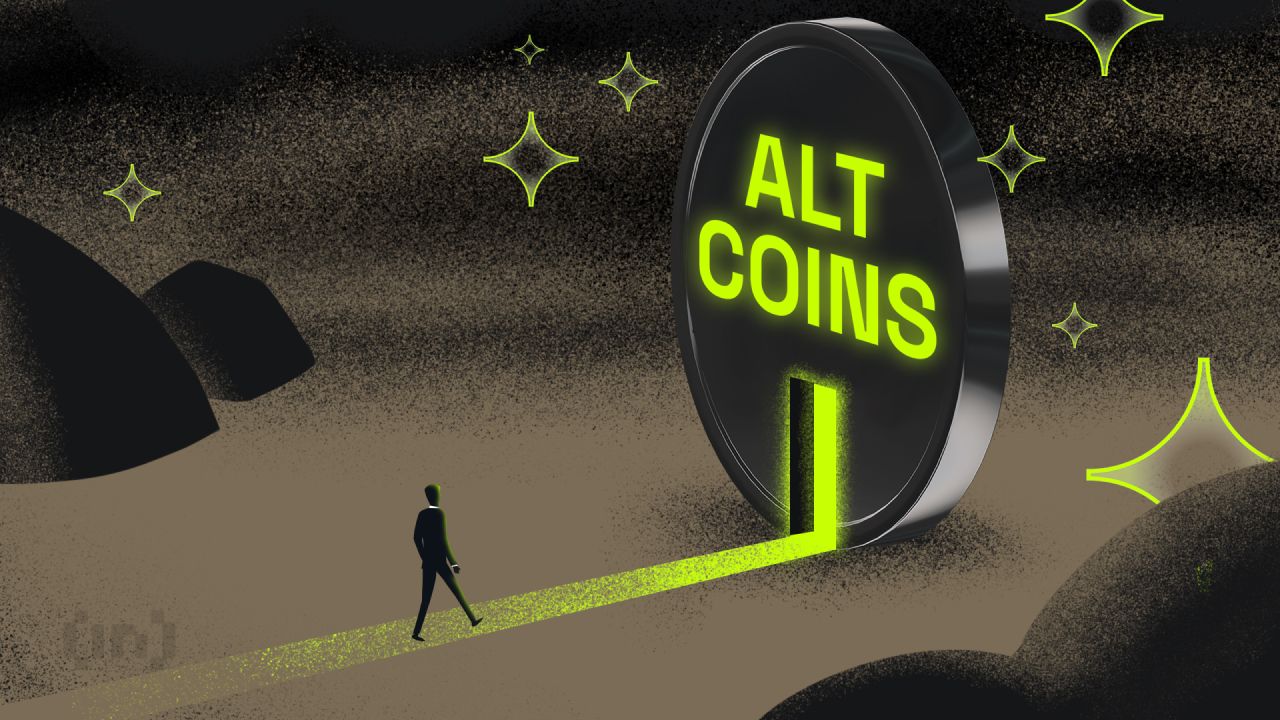Tether Shuts Down Bitcoin Mining in Uruguay After Energy Cost Disputes
Tether has ceased its Bitcoin mining operations in Uruguay due to escalating energy costs and ongoing financial disputes with state authorities. The cryptocurrency firm confirmed the suspension on Friday while maintaining its dedication to other projects across Latin America.
The decision affects approximately 30 workers who received formal dismissal notices through Uruguay's Ministry of Labor this week. Reports from local news outlet El Observador indicate the company notified government officials of the operational halt on Tuesday.
Financial Disputes Lead to Operational Pause
The shutdown follows a disputed debt of $4.8 million with UTE, Uruguay's state-owned electricity provider. The amount includes $2 million in unpaid electricity bills and an additional $2.8 million related to other local ventures.
Tether acknowledged the debt in September and stated it was working with government officials to resolve the matter. The company had previously denied reports suggesting a complete withdrawal from the country.
”We can confirm that we have paused operations in Uruguay,” a Tether representative told Cointelegraph. The spokesperson emphasized continued interest in long-term regional initiatives.
The stablecoin issuer, known for USDT, had positioned Uruguay as a strategic location for sustainable cryptocurrency mining. The South American nation offered abundant renewable energy resources that aligned with Tether's environmental objectives.
Tether announced its Uruguayan mining venture in May 2023. The company partnered with an unnamed licensed local firm to establish what it described as environmentally responsible Bitcoin mining facilities.
Paolo Ardoino, who served as chief technology officer at launch and now leads Tether as CEO, promoted the project as a model for sustainable crypto operations. He highlighted Uruguay's renewable energy capabilities as ideal for large-scale mining activities.
The initial investment commitment reached $500 million, according to industry reports. Local sources suggest that Tether has deployed at least $100 million on mining equipment and operations, plus an additional $50 million on supporting infrastructure.
Tether declined to verify these figures when contacted for comment. The company stated it continues evaluating the optimal path forward in Uruguay and neighboring markets.
Partnership Network Remains Unclear
While Tether has not officially named its operational partners, industry analysts have connected the venture to UTE and Microfin, a local commercial operator. These relationships apparently soured as financial obligations went unmet.
The September debt revelation sparked initial reports that Tether planned a complete exit. The company disputed those claims at the time but acknowledged outstanding payments required resolution.
Energy costs in Uruguay have increased significantly over the past year, creating pressure on power-intensive operations, such as cryptocurrency mining. These increases likely contributed to the financial strain between Tether and its utility provider.
Despite the Uruguayan setback, Tether remains focused on Latin American opportunities. The company views the region as promising for the adoption of blockchain technology and the integration of renewable energy.
”Tether is committed to building long-term initiatives in Latin America, especially projects that harness renewable energy,” the spokesperson said. The firm indicated that it is conducting an ongoing assessment of regional possibilities.
You May Also Like

Which Altcoins Stand to Gain from the SEC’s New ETF Listing Standards?

‘One Battle After Another’ Becomes One Of This Decade’s Best-Reviewed Movies
